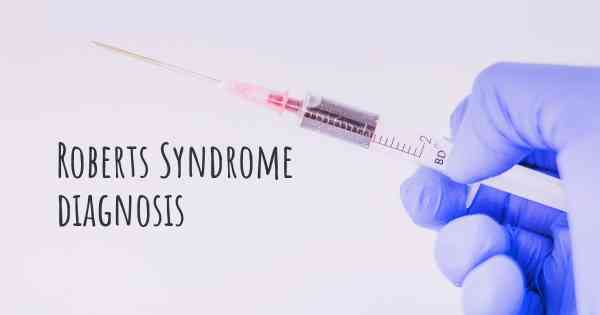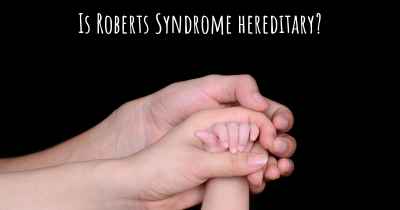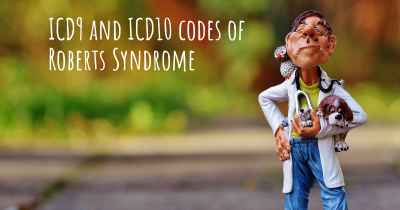How is Roberts Syndrome diagnosed?
See how Roberts Syndrome is diagnosed. Which specialists are essential to meet, what tests are needed and other useful information for the diagnosis of Roberts Syndrome

Roberts Syndrome is a rare genetic disorder that affects the development of various parts of the body. It is typically diagnosed based on the physical characteristics and symptoms observed in affected individuals, as well as through genetic testing.
Physical Examination: During a physical examination, a healthcare professional may look for specific physical features commonly associated with Roberts Syndrome. These features may include limb abnormalities, such as shortened or missing limbs, cleft lip or palate, small head size, and facial abnormalities.
Medical History: Gathering a detailed medical history is crucial in diagnosing Roberts Syndrome. The healthcare provider will ask about any family history of similar birth defects or genetic disorders, as Roberts Syndrome can be inherited from parents who carry the genetic mutation.
Genetic Testing: Genetic testing is the most definitive method to diagnose Roberts Syndrome. It involves analyzing a sample of the individual's DNA to identify any genetic mutations or abnormalities. The two main types of genetic testing used for diagnosing Roberts Syndrome are:
- Karyotype Analysis: This test examines the structure and number of chromosomes in a person's cells. In individuals with Roberts Syndrome, the karyotype analysis often reveals specific chromosomal abnormalities, such as missing or rearranged genetic material.
- Molecular Genetic Testing: This type of testing involves analyzing specific genes associated with Roberts Syndrome. Mutations in the ESCO2 gene are known to cause the majority of cases. Molecular genetic testing can identify these mutations and confirm the diagnosis.
Prenatal Diagnosis: In some cases, Roberts Syndrome may be diagnosed before birth through prenatal testing. This can be done through chorionic villus sampling (CVS) or amniocentesis, which involve obtaining a sample of the developing fetus's cells for genetic analysis.
It is important to consult with a healthcare professional if you suspect Roberts Syndrome or have concerns about your child's development. They can guide you through the diagnostic process and provide appropriate support and care.








